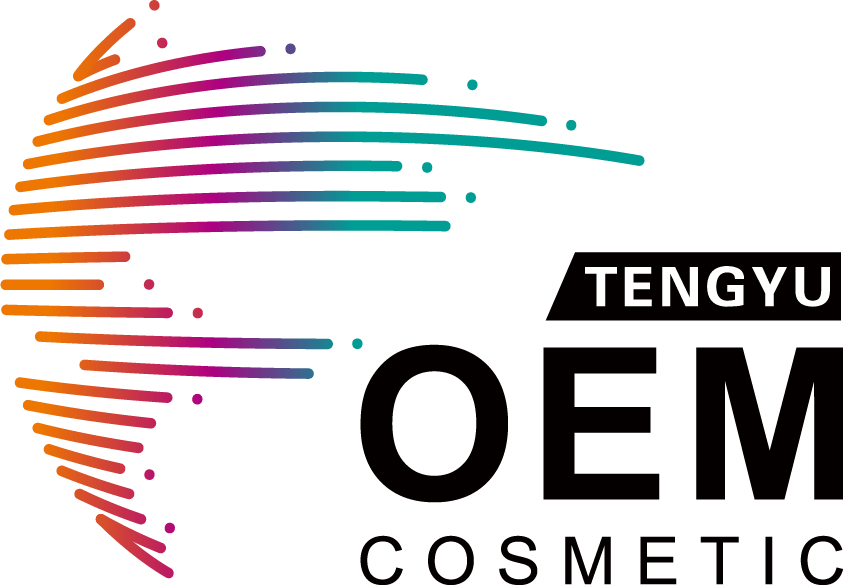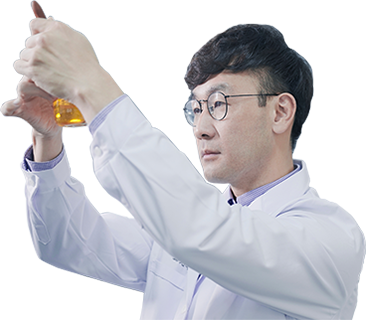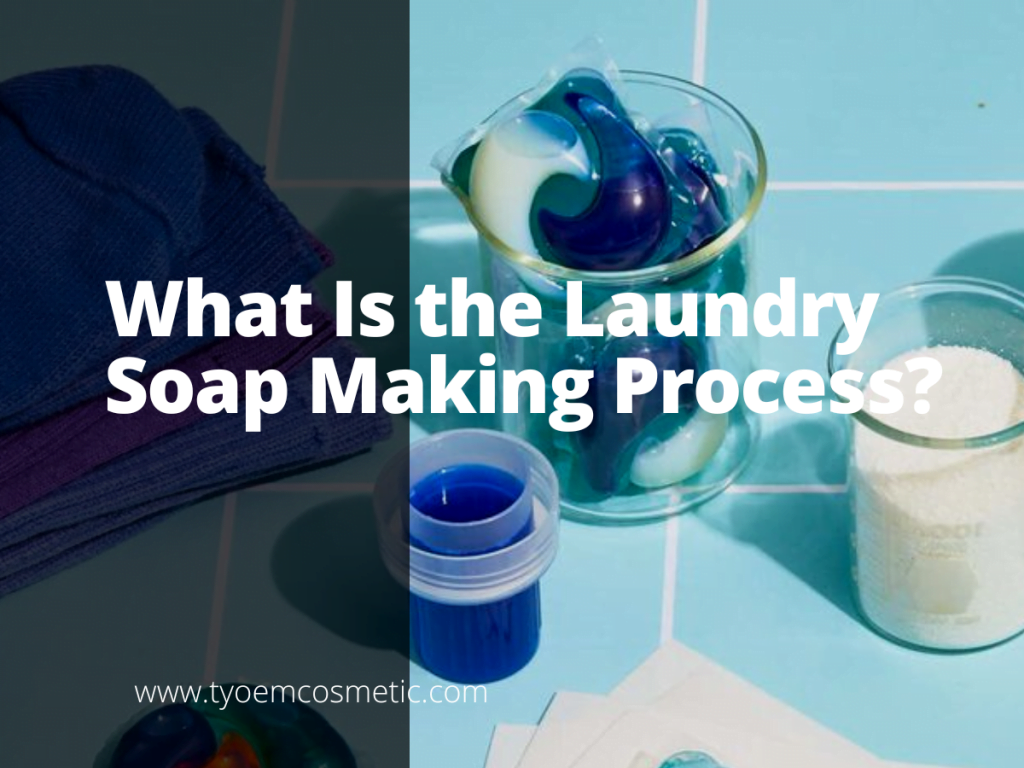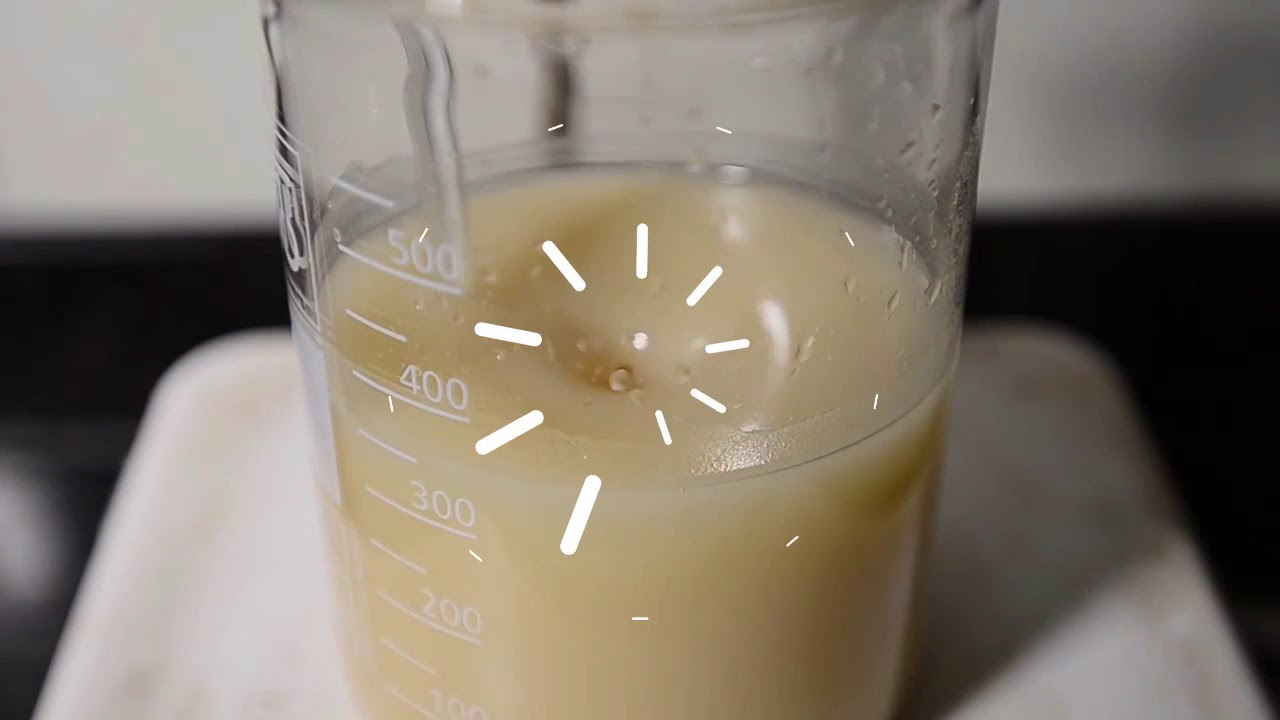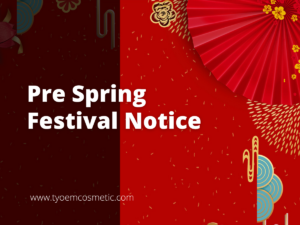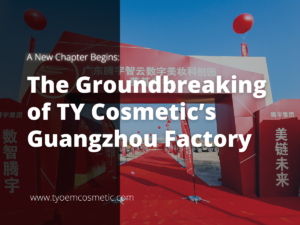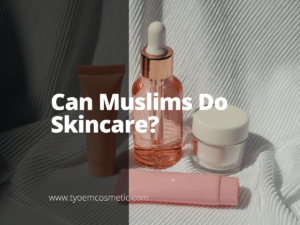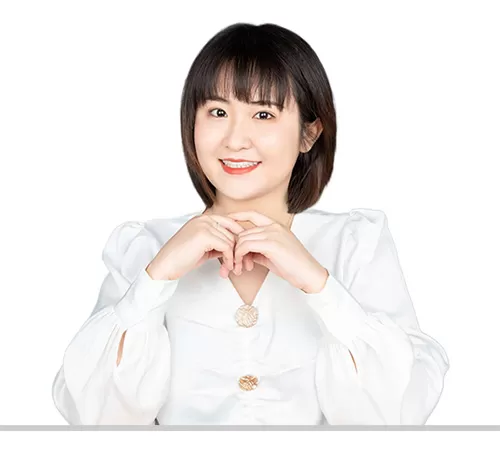Introduction
Are you interested in starting a laundry soap-making business? You may be wondering what the process entails and what you need to get started.
The laundry soap making process is not as complicated as you may think. In fact, it is quite simple and only requires a few ingredients and supplies.
In this guide, we’ll take you through the basics of laundry soap-making. From the history of laundry soap-making to the steps you need to take and traps you need to avoid when working with a manufacturer for your business. Keep reading to learn more!
1. What Is the Laundry Soap Making Process?
The laundry soap-making process is not as complicated as you might think. It’s pretty straightforward and can be done in just a few simple steps. Here’s a quick overview of its production process:

Step#1 Saponification
Saponification is a process of turning fats or oils into soap. This is done by adding an alkali, such as lye, to the fat or oil. The alkali breaks down the fats and oils into their parts: glycerin and fatty acids.
Glycerin is a by-product of the saponification process and is a valuable ingredient in soap making because it is a natural moisturizer. Fatty acids, on the other hand, are what give the soap its cleansing properties.
This video will guide you through the process of saponification.
Step#2 Glycerin Removal
Once the saponification process is complete, the soap will need to undergo a glycerin removal process. This step is important because it helps to improve the quality of the final product.
The glycerin removal process can be done in one of two ways: through evaporation or by centrifugation. Evaporation is the more popular method, but it can be quite time-consuming. Centrifugation is a method of separating the glycerin from the soap using a centrifuge, which is a machine that spins the soap at high speeds.
Step#3 Soap Purification
After the glycerin has been removed, the soap will need to be purified. This process helps to remove any impurities that may be present in the soap.
One of the most common methods of purifying soap is through a process called steam distillation. This process involves boiling the soap in water and then condensing the steam back into a liquid. This liquid is then poured off, leaving behind any impurities that may be present.
Step#4 Soap Finishing
The final step in the laundry soap-making process is known as soap finishing. This step is important because it helps to improve the aesthetic appeal of the soap. Colorants can be added to the soap during the saponification process or they can be added afterward.
Adding colorants during the saponification process will result in a more evenly distributed color while adding them afterward will result in a more variegated color. Fragrances can also be added to the soap at any time during the production process. However, it is important to note that adding fragrances after the saponification process will result in a weaker scent.
2. The History of Laundry Soap Making
Laundry soap has been around for centuries. Here’s a quick rundown of the history of this household staple.
| History of Laundry Soap Making | |
|---|---|
| Middle Ages | The earliest laundry soap was made with animal fats and ashes. This combination created a soap that was effective but harsh on fabrics. |
| 19th Century | Soap makers began to add other ingredients, like vegetable oils, to create a gentler product. Additionally, they started to experiment with different shapes and sizes of soap bars. |
| 20th Century | The 20th century saw the rise of synthetic detergents. While these new products were more effective than soap, they were also more expensive. It was also this century that saw the rise of automatic washing machines, which further increased the demand for laundry soap. |
| 21st Century | Laundry soaps are now available in a variety of formulations, including liquid, powder, and pods. And with the rise of eco-conscious consumers, there has been an increase in demand for natural and organic laundry soaps. |
Middle Ages
The earliest laundry soap was made with animal fats and ashes. This combination created a soap that was effective but harsh on fabrics.
19th Century
Soap makers began to add other ingredients, like vegetable oils, to create a gentler product. Additionally, they started to experiment with different shapes and sizes of soap bars.
20th Century
The 20th century saw the rise of synthetic detergents. While these new products were more effective than soap, they were also more expensive. It was also this century that saw the rise of automatic washing machines, which further increased the demand for laundry soap.
21st Century
Laundry soaps are now available in a variety of formulations, including liquid, powder, and pods. And with the rise of eco-conscious consumers, there has been an increase in demand for natural and organic laundry soaps.
3. 4 Types of Laundry Soap
Let’s go over the main types of laundry soaps available on the market today.
#1 Liquid Laundry Soap
Liquid laundry soap is the most popular type of laundry soap. It’s easy to use and can be added directly to your washing machine. Liquid laundry soap is also more effective at removing stains than powder or bar soap. It usually comes concentrated, so you’ll need to add water to it before using it.

#2 Powder Laundry Soap
Powder laundry soap is less expensive than its liquid counterpart and can be used in both front-loading and top-loading washing machines. Powder laundry soap is also more effective at removing stains than bar soap. However, it can be more difficult to dissolve in water and can leave a residue on your clothes if not used properly.

#3 Bar Laundry Soap
Bar laundry soap is the least expensive type of laundry soap. It’s also the least effective at removing stains. Bar soaps cannot be used in any type of washing machine, so you’ll need to dissolve them in water before using them. Hand washing your clothes with bar soap can be very time-consuming and is not commonly done these days.

#4 Laundry Pods
Laundry pods are a newer type of laundry soap that is becoming increasingly popular. Laundry pods are small, single-use packets of laundry soap that can be added directly to your washing machine.

They are more expensive than other types of laundry soap, but they are also more convenient and effective. One laundry pod can usually wash one load of laundry.
4. Raw Materials of the Laundry Soap Production
Laundry soaps are made up of several ingredients, each with its specific purpose. Let’s take a close look at the raw materials that go into making laundry soap.
Oils and Fats
Laundry soaps contain oils and fats, which are necessary for two main purposes. First, they are responsible for the soap’s cleaning action. When mixed with water, oils and fats can trap dirt and grime, lift it off surfaces, and suspend it in the water so that it can be rinsed away.
Second, oils and fats give laundry soap its lathering properties. When you add water to soap, the mixture creates bubbles or foam. This happens because the oils and fats in the soap trap air pockets. The more air that is trapped, the more foam is created.
Soda Lye or Potash Lye
Soda lye, also known as sodium hydroxide, is a key ingredient in laundry soaps. It is responsible for the soap’s alkaline nature, which is necessary for effective cleaning. Soda lye is a caustic substance, so it must be handled with care.
Potash lye, also known as potassium hydroxide, can be used in place of soda lye. It is less caustic than soda lye and produces a soap that is less harsh on the skin. It is commonly used in liquid laundry soaps.
Brine
Brine, or sodium chloride, is another key ingredient in laundry soap. It is responsible for the soap’s salty taste and helps to harden the bar soap. Brine is a corrosive substance, so it must be handled with care.
Additives
Laundry soaps may also contain additives. These ingredients are not necessary for the soap’s cleaning action, but they can improve the look, smell, and feel of the soap.
Some common soap additives include:
- Sodium carbonate: This ingredient helps to harden the soap and gives it a white color.
- Sodium silicate: This ingredient helps to improve the soap’s lather.
- Dyes: Dyes give the soap a desired color.
- Perfumes: Perfumes give the soap a desired scent.
5. Laundry Soap Manufacturing Certifications
There are some third-party certifications that laundry soap manufacturers can pursue if they choose. These certifications can help set a company apart from its competitors and demonstrate a commitment to quality.
Here are some of the most popular certifications for laundry soap manufacturers:
ISO 9001
This international standard certification is granted by the International Organization for Standardization and indicates that a company has a quality management system in place.
ISO 9001 certification is recognized around the world and can help a company win new business. It is given to companies that can show they meet certain quality standards, including customer satisfaction and continuous improvement.
GMP
Good Manufacturing Practices (GMP) certification is granted by various organizations depending on the country in which a company is located. In the United States, GMP certification is administered by the Food and Drug Administration (FDA).
To be certified, companies must show that they have systems and procedures in place to ensure their products are of high quality. This certification is important for companies that manufacture food, cosmetics, or pharmaceuticals.
NSF International
This certification organization offers a wide range of standards that companies can choose to pursue, including those for quality management, environmental management, and health and safety. The NSF certification mark is recognized around the world and can help a company win new business.
6. 5 Steps to Start Your Own Laundry Soap Brand
Many people wish to start their laundry detergent, but they aren’t sure where to begin. This part will show you how to establish a laundry soap brand from the ground up in just 5 simple steps:
Step#1 Research the Industry and Find Your Niche
There are many different types of laundry soaps on the market, so it’s important to find a niche that you can serve well. Spend some time reading about the laundry soap industry and familiarizing yourself with the different types of products that are available.
Step#2 Develop a Business Plan
Now that you know what kind of laundry soap you want to make, it’s time to develop a business plan. This document will outline your business goals, strategies, and how you plan on making money.
Your business plan should include a marketing strategy, as this will be one of the most important aspects of your business. You need to figure out how you’re going to get your laundry soap into the hands of your target market.
Step#3 Create a Brand identity
Your laundry soap brand should have a strong identity that sets it apart from the competition. This includes everything from your branding to the packaging of your product. Your brand identity should be reflected in every aspect of your business, from your website to your social media presence.
Step#4 Find a Reputable Laundry Soap Manufacturer
Once you have your brand identity established, it’s time to find a reputable laundry soap manufacturer. This is an important step, as you want to make sure that your product is of the highest quality. There are many different manufacturers to choose from, so take your time and do your research.
Step#5 Launch Your Product
After you’ve found a manufacturer and developed your product, it’s time to launch it onto the market. This is where your marketing strategy comes into play. You need to make sure that people are aware of your product and where they can find it.
7. How to Work With Laundry Soap Manufacturer
As a startup brand, working with a laundry soap manufacturer may seem like a daunting task. However, by following these simple steps, you can ensure a smooth and successful partnership:
Step#1 Do Your Research
Before reaching out to manufacturers, it’s important to do your research and have a clear understanding of your product and the market. This will give you a strong foundation to start from and make it easier to communicate your vision to manufacturers.
Step#2 Communicate Your Vision
After you’ve done your research, it’s time to start reaching out to manufacturers. When contacting them, be sure to state your product’s vision clearly. This will allow manufacturers to understand what you want and whether they’d be a good fit for your company.
Step#3 Get a Quote
After you’ve found a manufacturer that you think could be a good fit, the next step is to get a quote. This will give you an idea of the cost of your product and help you compare prices between different manufacturers.
Step#4 Negotiate Terms and Prices
Once you’ve received a quote, it’s time to start negotiating terms with the manufacturer. This includes things like price, minimum order quantity, and lead time. By negotiating these terms, you can ensure that you’re getting the best possible deal for your product.
This is also the best time to ask for any discounts or promotions that the manufacturer may be able to offer.
Step#5 Place Your Order and Pay Necessary Charges
After you’ve negotiated terms with your manufacturer, it’s time to place your order. Be sure to provide clear and concise instructions to avoid any misunderstanding. Once your order is placed, you’ll need to pay the manufacturer a deposit, which is typically 50% of the total cost.
Step#6 Quality Control
Once your order is in production, it’s important to stay in close communication with the manufacturer. This will allow you to track the progress of your order and ensure that it meets your quality standards.
Step#7 Receive Your Order and Give Feedback
After your order is complete, the manufacturer will ship it to you. Once you’ve received it, be sure to inspect the product and make sure that it meets your expectations. If there are any issues, be sure to communicate them to the manufacturer so they can be addressed in future orders.
8. Cost Associated With Laundry Soap Making Process
There are several fees involved in launching a company. Here’s a rundown of some of the most important expenses to consider when starting a laundry soap business:
Production Cost
The cost of manufacturing your product will be the biggest expense associated with your business. This cost will cover the cost of raw materials, packaging, and labor. In general, you can expect to pay between $0.50 and $2.00 per unit of laundry soap produced.
Packaging Cost
Your packaging will also be a significant expense. You’ll need to factor in the cost of labels, bottles, and boxes. In general, you can expect to pay between $0.10 and $0.50 per unit of laundry soap packaged.
Shipping Cost
Shipping your products from the manufacturer to your warehouse will also cost you money. Shipping and handling fees depend on the size and weight of your products, as well as the distance they have to travel.
Import Duties and Taxes
You should also anticipate paying import duties and taxes if you’re working with a company based in another country. These costs can differ depending on the country of origin and the kind of goods being imported. However, you may expect to pay between 2.5% and 4.5% of the product’s value for the import duties and taxes.
Overhead Costs
There are also many general business expenses that you’ll need to account for. These include costs such as office space rental, office supplies, permits, and marketing materials. In total, you should expect to spend anywhere from $500 to $5,000 per month on these overhead costs.
9. 4 Traps to Avoid When Starting Your Own Laundry Soap Business
Now that you know some of the costs associated with starting a laundry soap business, it’s time to learn about some of the traps you’ll need to avoid.
#1 Effectiveness
Not testing your products before you launch your business is a huge mistake. You need to make sure that your products are effective and that they meet the needs of your target market. Otherwise, you’ll likely find it difficult to gain traction with your business.
#2 Ingredients
Another mistake you’ll want to avoid is using low-quality ingredients in your products. Not only will this affect the quality of your products, but it can also lead to safety issues.
To ensure that you’re using high-quality ingredients, do some research on the suppliers you’re considering working with. Make sure they have a good reputation and that they’re able to provide you with the ingredients you need.
#3 Packaging
Another common mistake made by new businesses is using cheap or ineffective packaging. Your packaging needs to be able to protect your products and attract customers. If it’s not up to par, you’ll likely find it difficult to compete with other businesses in your industry.
#4 Shelf Life
Just because your product has a long shelf life doesn’t mean it’s a good idea to stock up on it. If you have too many products, you’ll likely find yourself stuck with outdated products that your customers don’t want.
To avoid this trap, only produce the amount of product you think you can sell within a reasonable timeframe. This will help you avoid having too much product on hand and will also help you keep your products fresh.
Conclusion
Laundry soaps are an important part of home care. They are a staple in most homes and are used daily. To ensure you’re using a quality product, it’s important to partner that you partner with a top-quality laundry soap manufacturer.
TY Cosmetic makes private labeling easy. We give you access to the best raw materials and finished products. Our team of experts will guide you through every step of the manufacturing process so that launching your own product line is achievable. Contact us today and get started on your dream of owning a laundry soap company!
